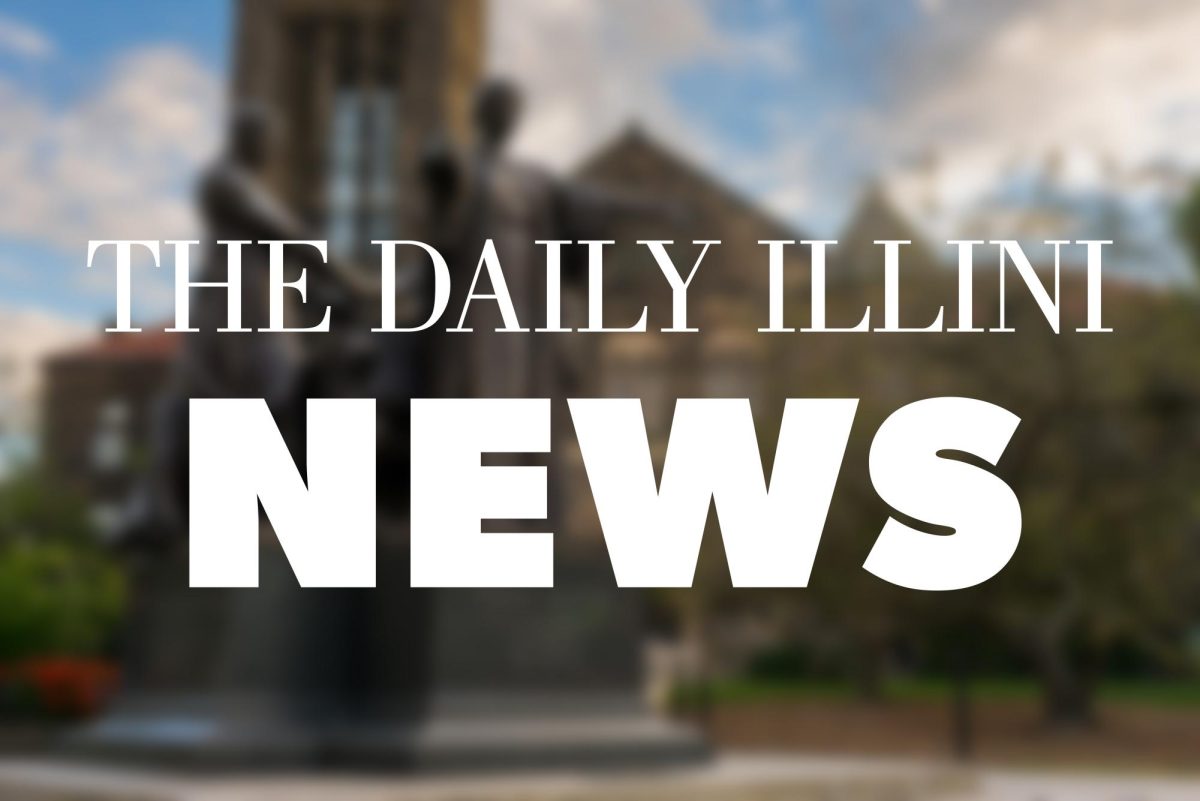With the funding for the Monetary Award Program still undecided, legislators are weighing their options before declaring how the grants will be paid for. There are two ways the state can approach short–term borrowing, said Grant Klinzman, spokesman for Gov. Pat Quinn.
The funding debate came after the state legislature passed a bill Oct. 18 that guarantees appropriated funds for the 2009-2010 school year. The legislature initially only appropriated MAP funds for one semester knowing that it was not a permanent solution. This is because of a decrease in revenue that forced the state to reduce funding for the program.
“The MAP grants help 138,000 students across the state,” said Gov. Pat Quinn at a press conference.
The first option is inter–fund borrowing, which would take excess funds from other programs with a surplus of money.
“We have a number of state special funds that have more money than they are expected to spend,” Klinzman said. “We would just take a certain amount of this extra money from these funds and use it.”
Get The Daily Illini in your inbox!
He said they are not naming funds that might fall under this category at this time because “it is still a draft proposal at this point.”
The other method is traditional short–term borrowing from banks, Klinzman added.
He said he does not believe there will be any changes in the program such as more rigorous standards or a reduction in the minimum number of credit hours that a student can apply for funding.
The current number of hours stands at 75.
“It is my understanding that we are funding this at the full level,” Klinzman added. “There shouldn’t be any changes in the program.”
Quinn said there was a public demand for this legislation to pass.
“The governor vowed to fund it,” said Marlena Jentz, deputy director of communications for the governor’s office. “They will be doing some short–term borrowing to pay for it.”
A rally was held in Springfield on Oct. 15 to lobby for the restoration of MAP grants. About 6,000 to 7,000 people attended, making it the largest demonstration Quinn said he saw at the state capitol.
“There was a gigantic rally of students, teachers and administrators from community colleges and four-year universities both public and private, everybody came to Springfield.” he said.
Quinn said it was important that students know they will still have their funding before signing up for classes next semester.
“It was citizens, especially students, flexing their citizen muscles and telling the government what needs to be done,” Quinn said. “The message came through loud and clear that we need to make sure that we properly fund both the first and second semester.”









